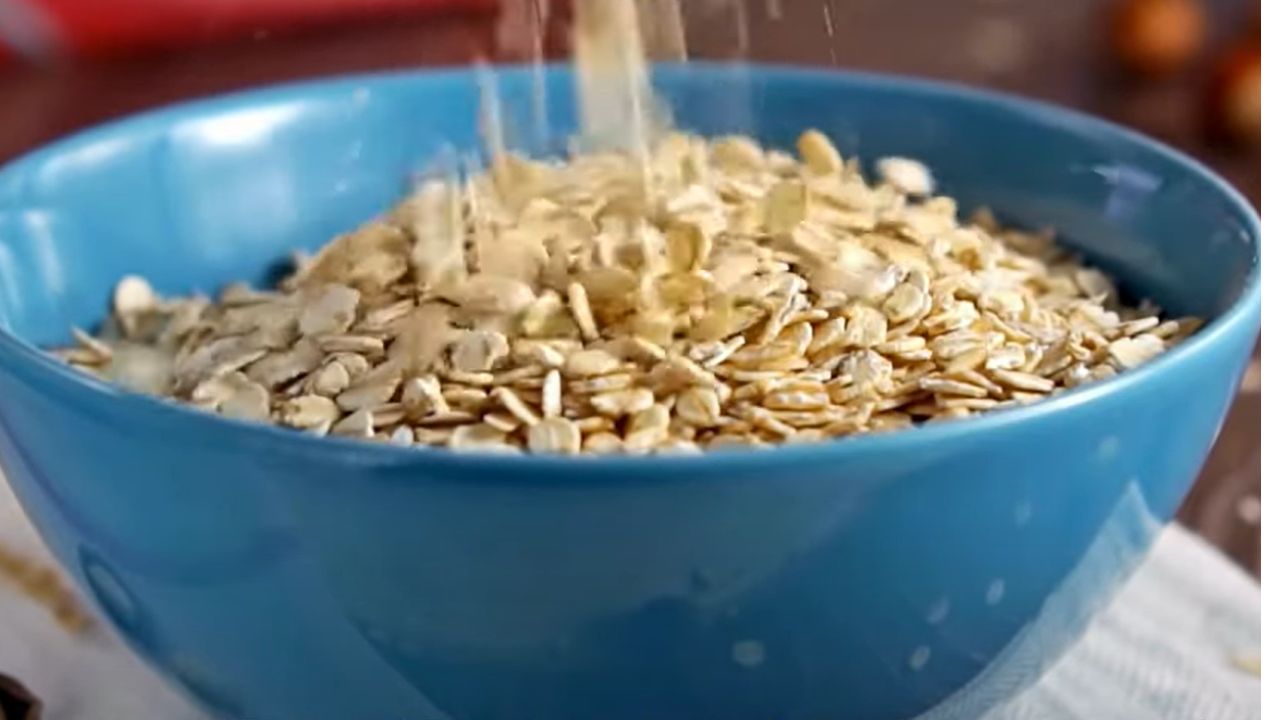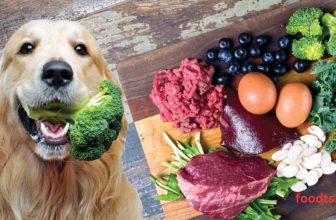What Are Good Dog Foods? The Best Guide

What Are Good Dog Foods: Every dog owner wants their furry friend to live a long, healthy, and happy life. One of the most critical factors in achieving this is feeding them the right food. But with so many options available, it can be overwhelming to decide what’s best. In this guide, I’ll break down everything you need to know about good dog food so you can make the best choice for your pup.
What Makes a Dog Food “Good”?
Importance of Balanced Nutrition
A well-balanced diet is the key to your dog’s overall well-being. Just like humans, dogs require various nutrients to maintain their health, energy levels, and immune system.
Key Nutrients Every Dog Needs
- Protein: Supports muscle growth and repair
- Healthy Fats: Provide energy and promote a shiny coat
- Carbohydrates: Supply fiber and digestive support
- Vitamins & Minerals: Strengthen bones, immune function, and organ health
- Water: Essential for digestion and body temperature regulation

Best Dog Food Brands (Top Choices for Quality & Health)
A Review of Top-Rated Brands
Here are some well-known, high-quality dog food brands trusted by veterinarians and pet owners:
- Blue Buffalo – High in real meat protein and natural ingredients
- Royal Canin – Specializes in breed-specific nutrition
- Hill’s Science Diet – Focuses on veterinarian-backed research
- Purina Pro Plan – Uses science-based formulas for optimal health
- Orijen – Packed with high-protein, biologically appropriate ingredients
What Sets Them Apart?
- Use of real meat as the first ingredient
- No artificial preservatives or fillers
- Vet-approved formulations
High-Quality Ingredients in Dog Food (What to Look For)
Real Meat vs. By-Products
- Best: Chicken, beef, salmon, lamb
- Avoid: Meat meal, by-products, unidentified “meat” sources

Healthy Carbs & Fiber Sources
- Good: Sweet potatoes, brown rice, oats
- Bad: Corn, wheat, soy (can cause allergies in some dogs)
Essential Vitamins & Minerals
- Omega-3 & Omega-6 for coat health
- Calcium & phosphorus for strong bones
Grain-Free vs. Grain-Inclusive Dog Food (Which One Is Better?)
Pros and Cons of Grain-Free Diets
- Pros: Great for dogs with grain allergies, may improve digestion
- Cons: Some grain-free diets lack proper nutrients and can lead to heart issues
When Grain-Inclusive Food Is a Better Choice
- If your dog doesn’t have allergies, whole grains like brown rice and oatmeal can be highly beneficial

Dog Food for Sensitive Stomachs (Best Options for Digestion)
Signs Your Dog Has Food Sensitivity
- Frequent diarrhea or vomiting
- Excessive itching or skin rashes
- Loss of appetite or bloating
Recommended Diets for Sensitive Stomachs
- Limited Ingredient Diets (LID): Contain fewer allergens
- Hydrolyzed Protein Foods: Easier to digest
- Probiotic-Infused Foods: Help with gut health
Homemade vs. Commercial Dog Food (Which One Is Right for Your Dog?)
Benefits & Risks of Homemade Meals
✅ Pros: Full control over ingredients, avoids preservatives
❌ Cons: Can lack essential nutrients, requires careful planning
Best Commercial Dog Food Options
- Look for brands with minimal processing and high nutritional value
Protein-Rich Foods for Dogs (Best Sources for Muscle & Energy)
Animal-Based vs. Plant-Based Proteins
- Best: Chicken, turkey, fish, beef, lamb
- Okay: Eggs, peas, lentils (should not replace meat proteins)

- Puppies: 22-32%
- Adults: 18-25%
- Seniors: 20-28%
Dog Food for Different Life Stages (Puppy, Adult, Senior Dogs)
Nutritional Needs at Every Stage
- Puppy: More protein & calcium for growth
- Adult: Balanced nutrients for maintenance
- Senior: Joint support & easy-to-digest ingredients
Choosing the Right Food for Your Dog’s Age
Always pick age-appropriate formulas with the right balance of nutrients.
Wet vs. Dry Dog Food: Which One is Better?
Differences in Nutrition & Texture
- Wet Food: Hydrating, easier to eat, but more expensive
- Dry Food: Convenient, helps dental health, but lower moisture
Pros & Cons of Each Type
- Wet Food Pros: High moisture, palatable
- Wet Food Cons: Shorter shelf life, pricier
- Dry Food Pros: Affordable, easy storage
- Dry Food Cons: Can be less appealing to picky eaters
FAQ: What Are Good Dog Foods
Q1: How do I know if my dog’s food has the right nutrients?
A1: Look for foods that meet AAFCO (Association of American Feed Control Officials) standards, as they ensure the food contains all necessary nutrients.
Q2: How do I choose the right brand for my dog?
A2: Consider your dog’s age, size, activity level, and health needs. Reading ingredient labels and consulting your vet can also help.
Q3: What should I avoid in dog food?
A3: Stay away from foods with artificial colors, preservatives (BHA, BHT), and high corn content, as they provide little nutritional value.
Q4: Should I switch my dog to a grain-free diet?
A4: Only if your vet recommends it. Otherwise, whole grains can be a great energy source.
Q5: Should I mix wet and dry food?
A5: Yes! Many pet owners mix both to balance taste, nutrition, and cost.
Final Thoughts: Choosing the Best Food for Your Dog
How to Make the Best Decision
- Check ingredient lists carefully
- Buy age-appropriate food
- Look for vet-recommended brands
Consulting Your Vet for Personalized Advice
Every dog is unique, and the best way to ensure your pup gets the right nutrition is by consulting your veterinarian. They can help tailor a diet based on breed, size, and specific health needs.
Final Words
Finding the best dog food isn’t about choosing the trendiest brand; it’s about selecting food that provides your dog with balanced nutrition, high-quality ingredients, and optimal health benefits. By following this guide, you can make informed decisions that will keep your furry friend happy and healthy for years to come! 🐶🥩🥕







